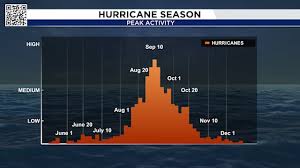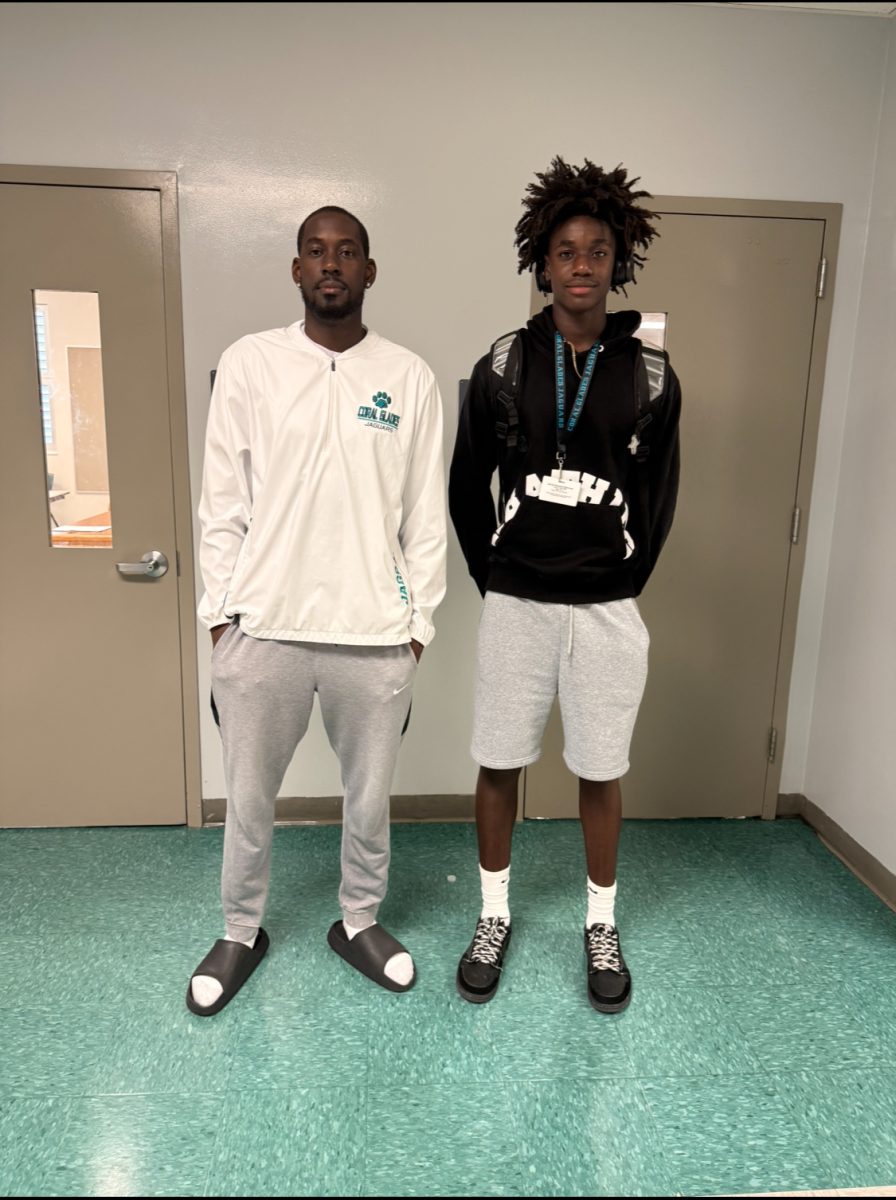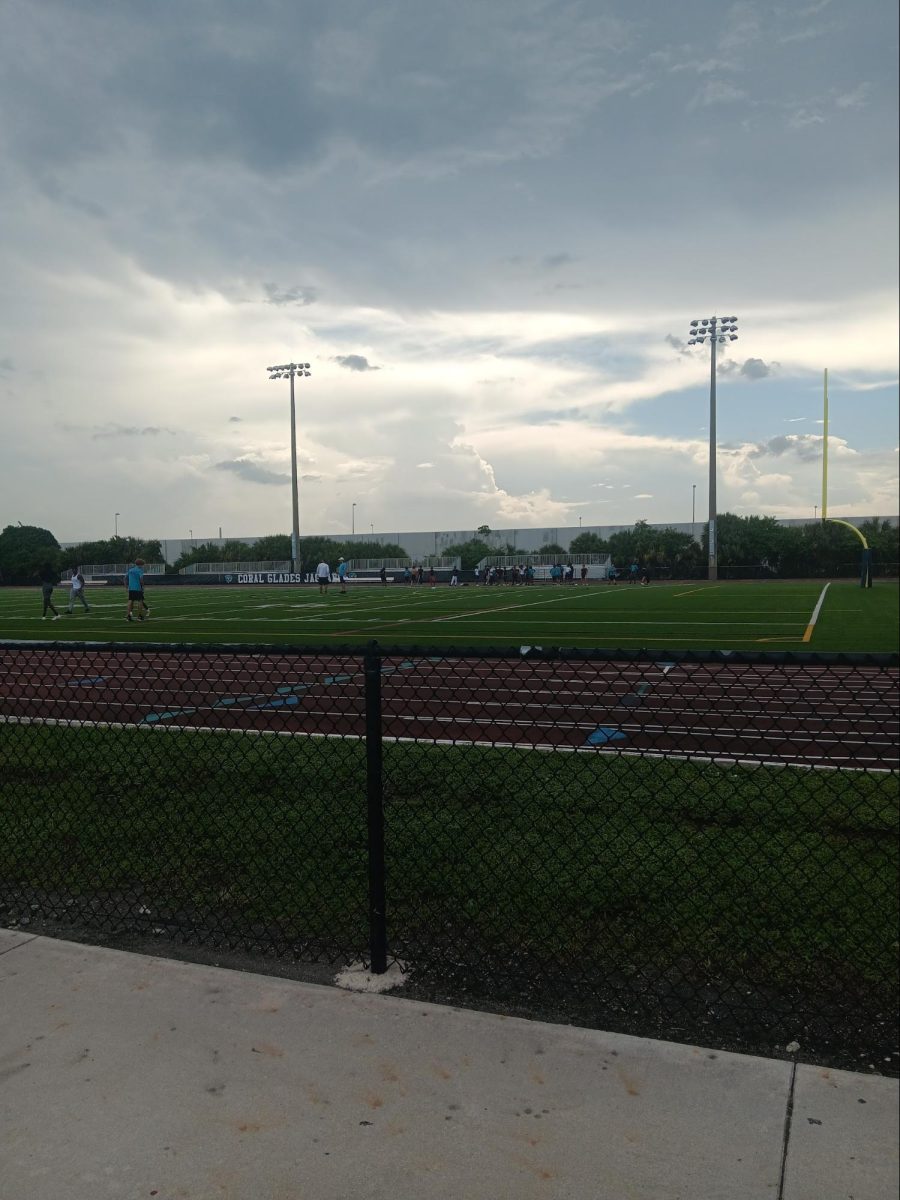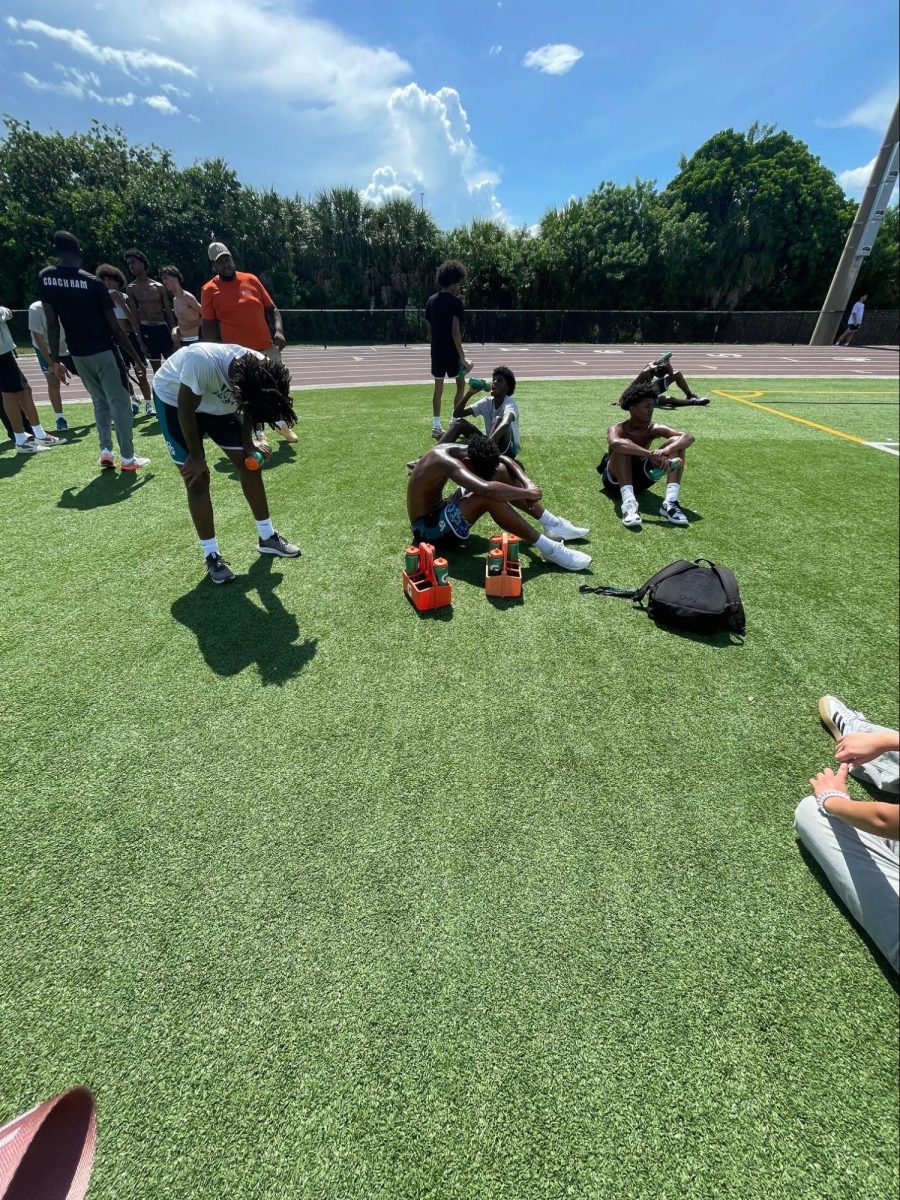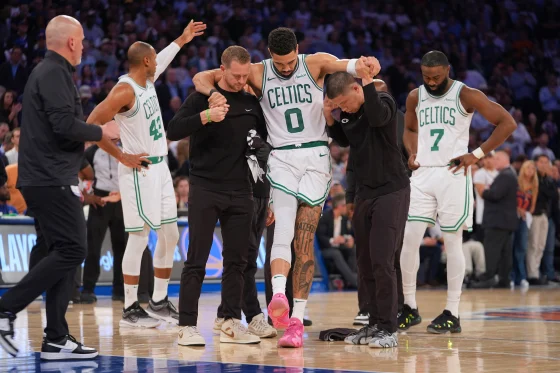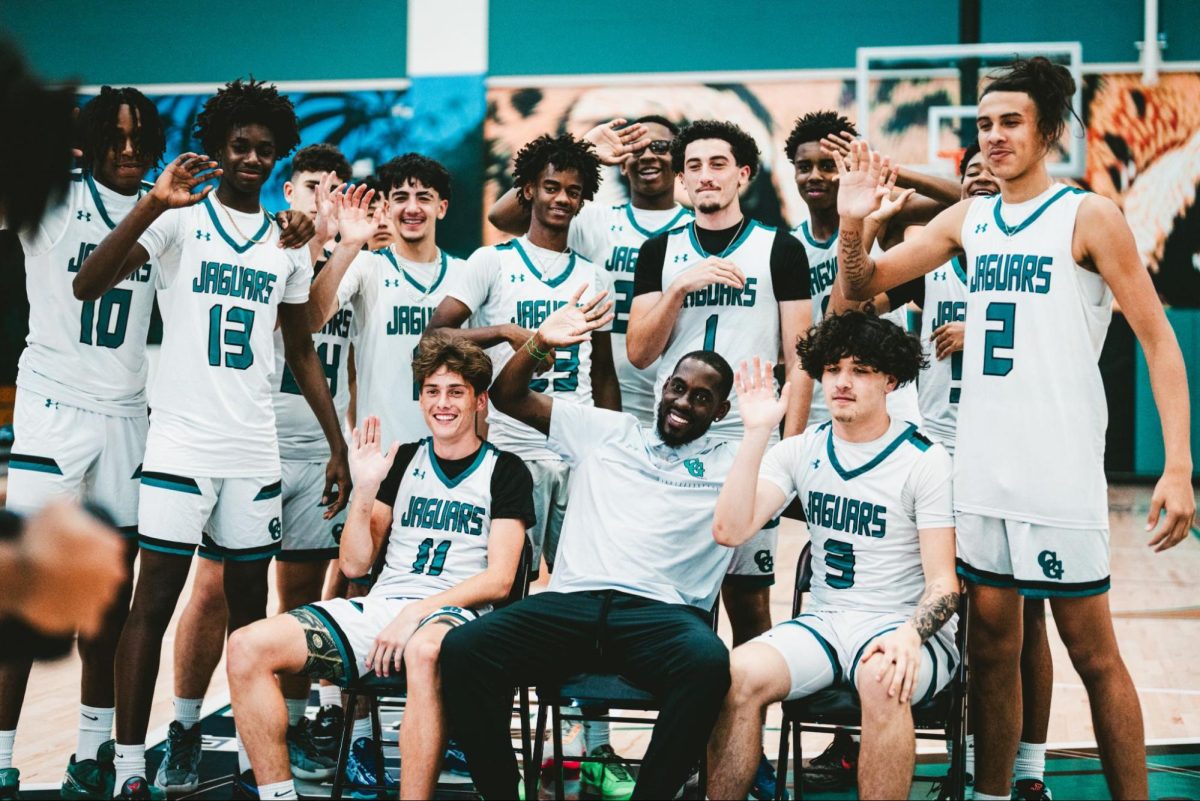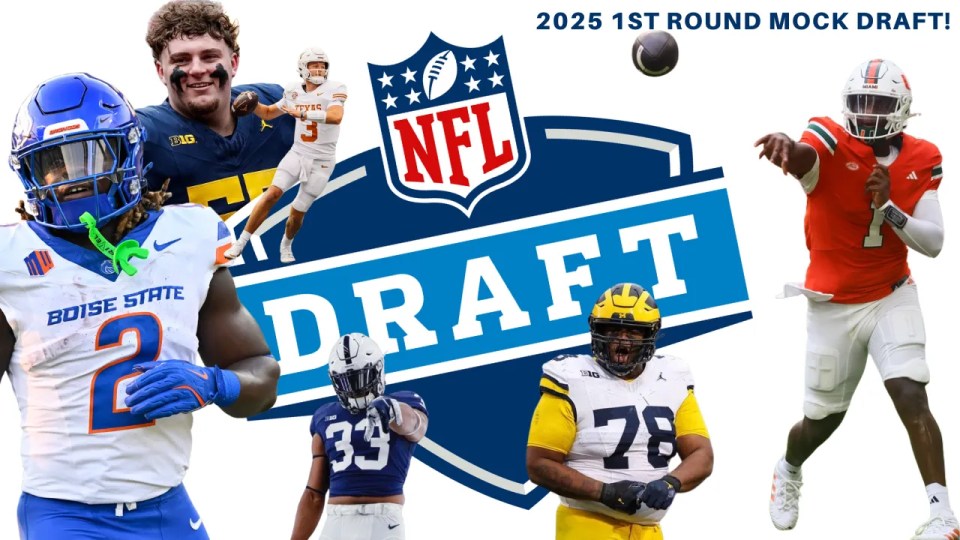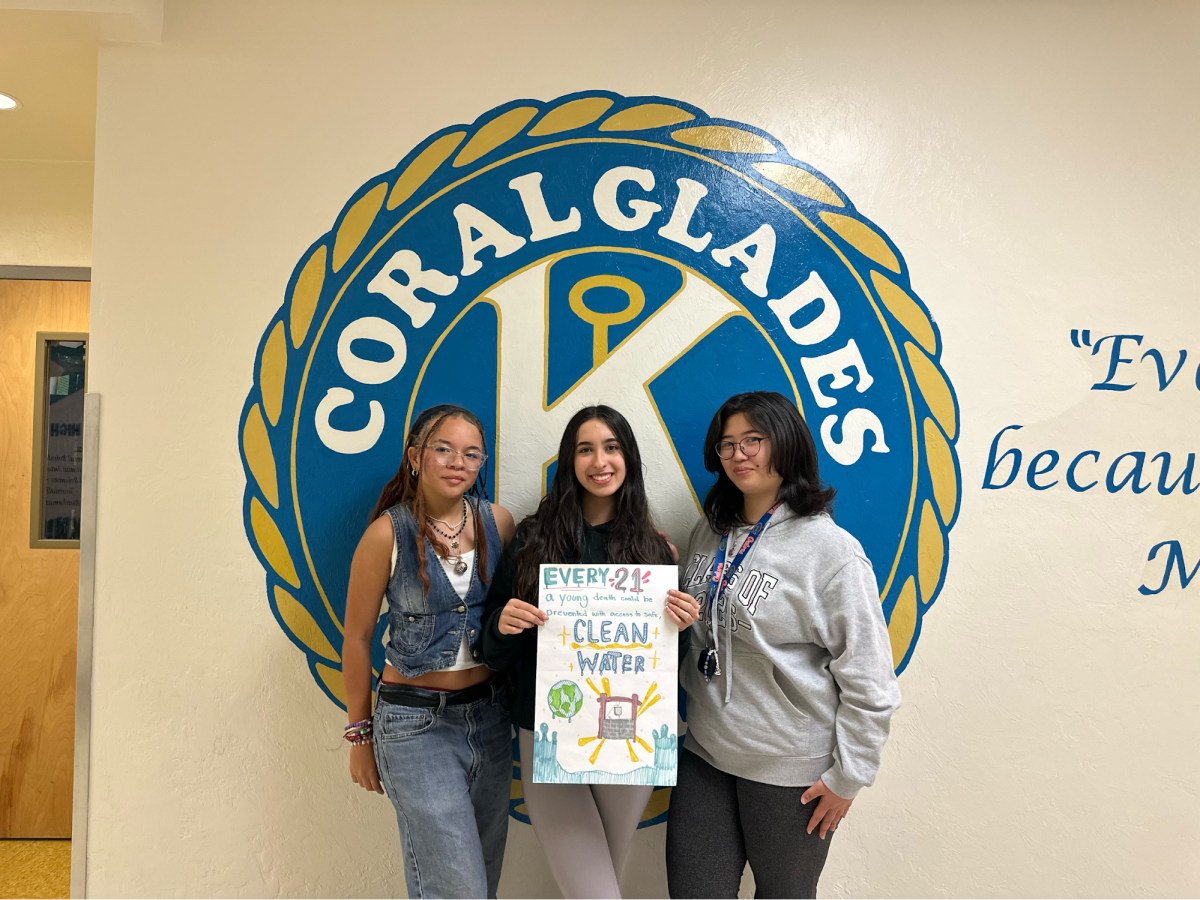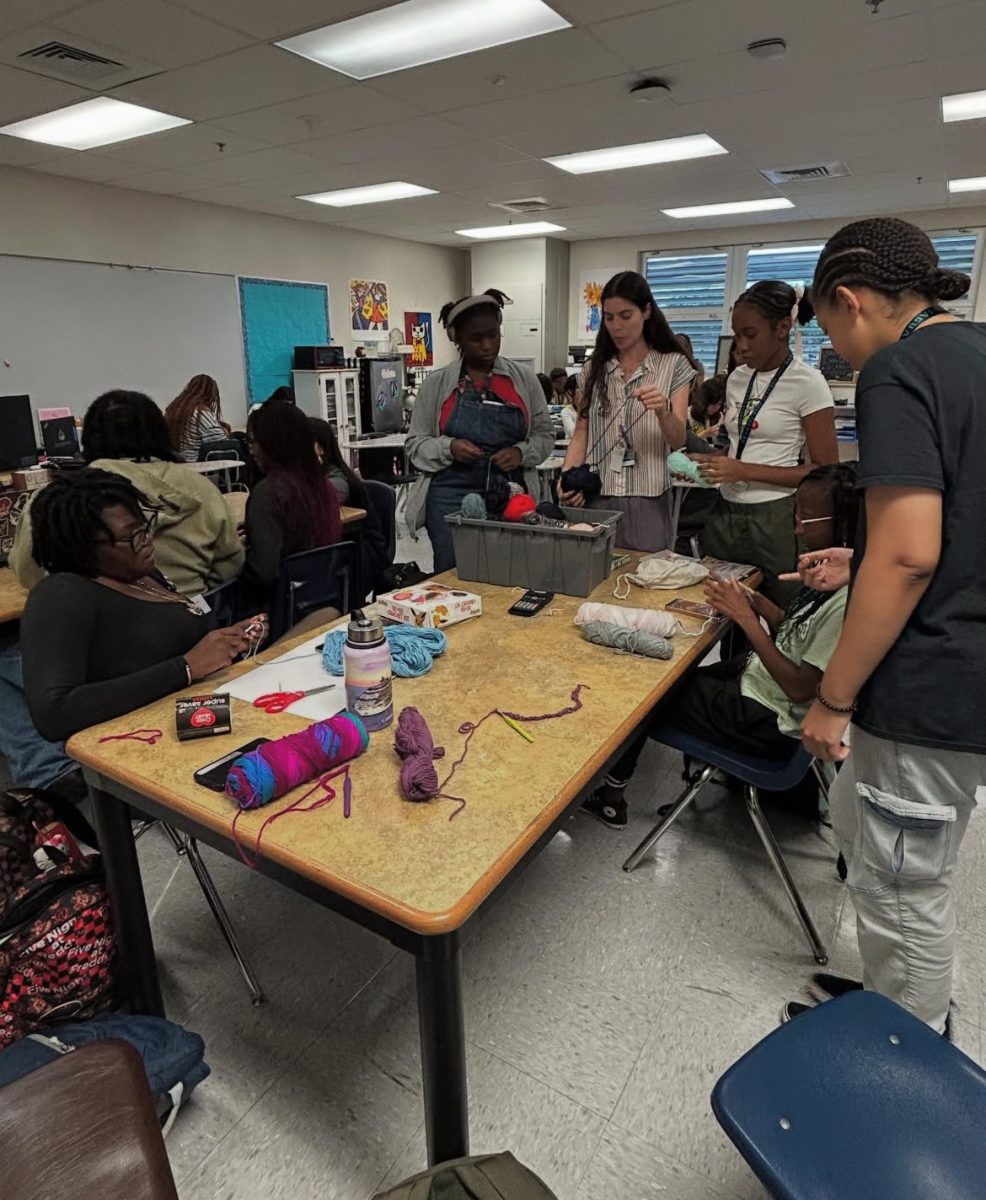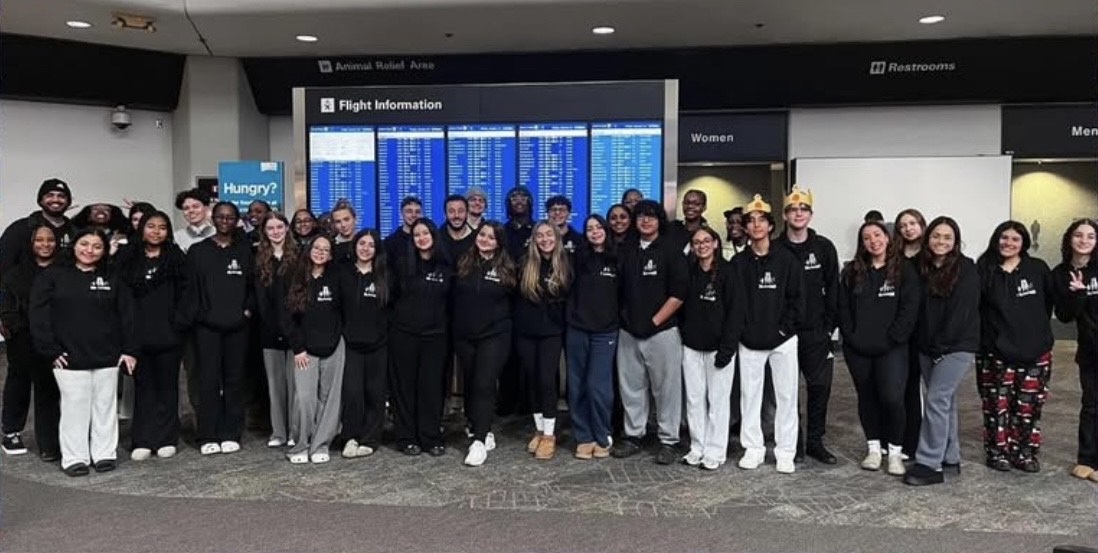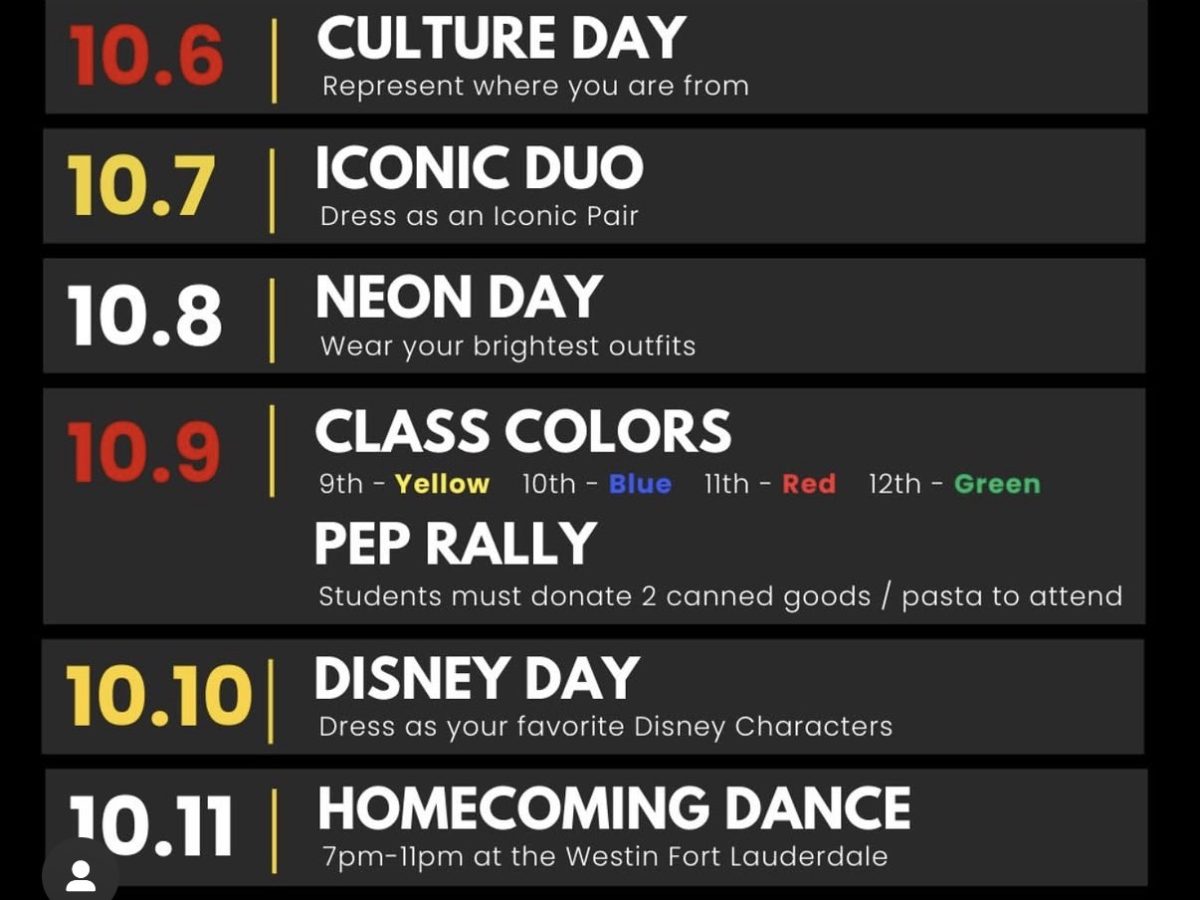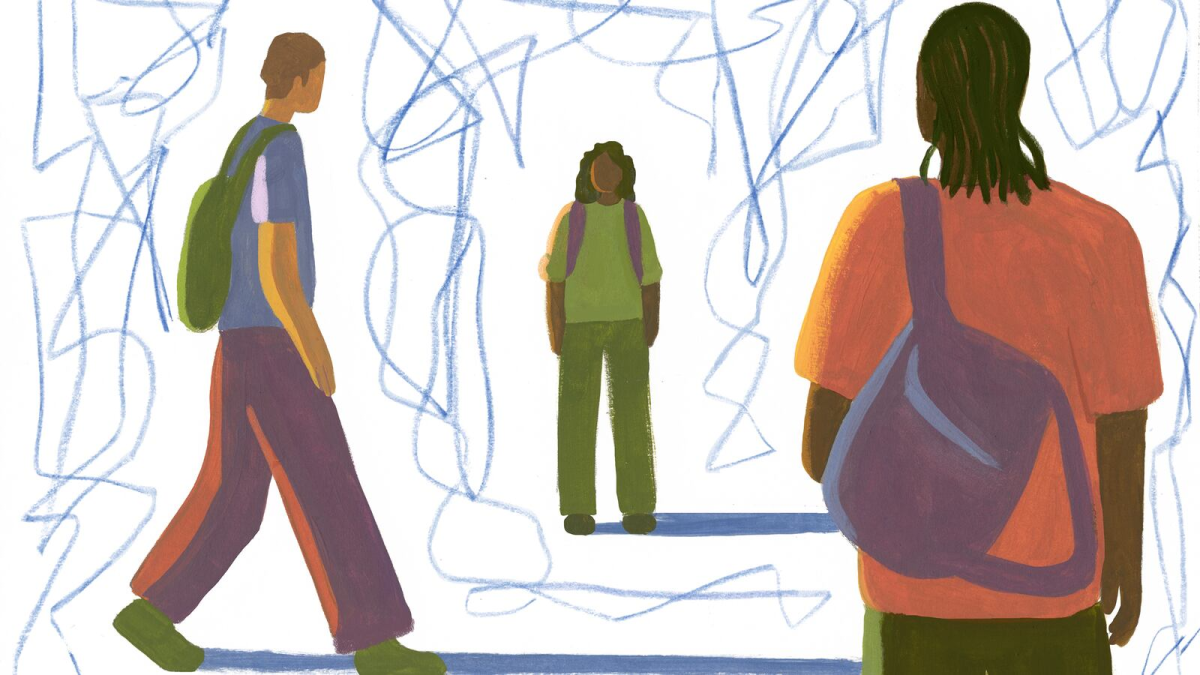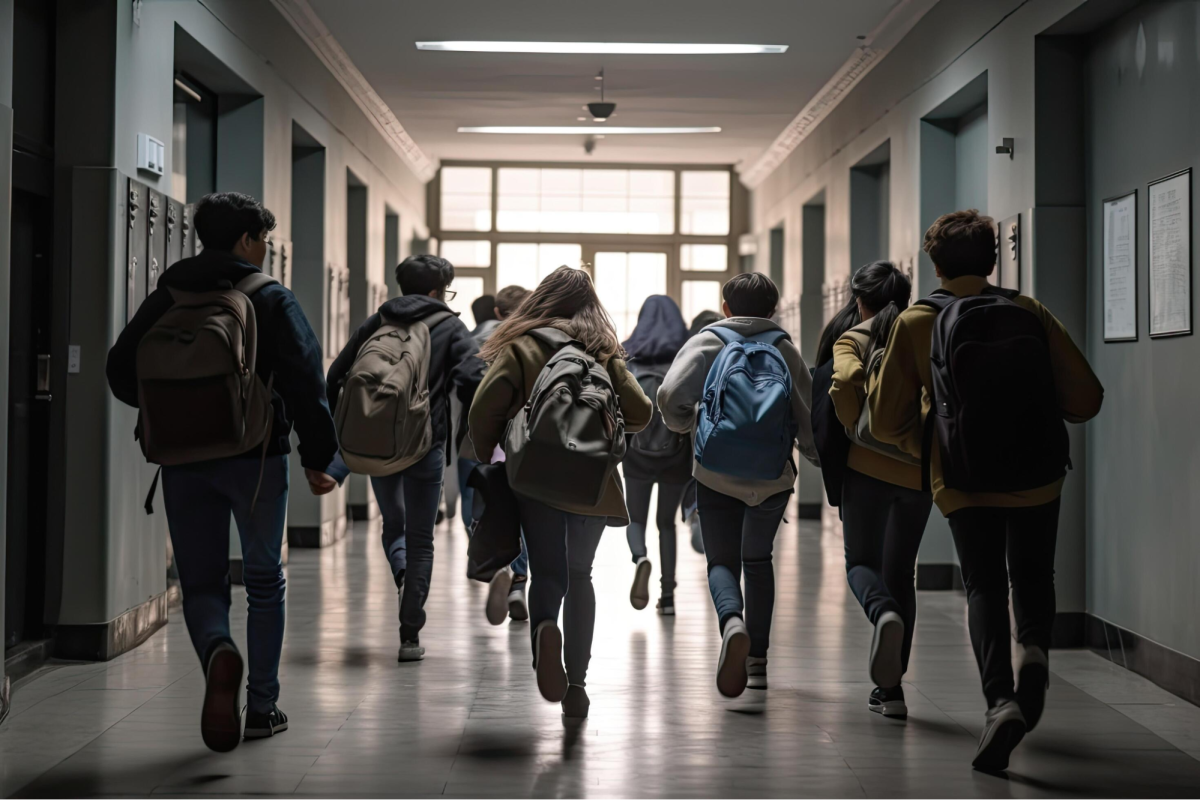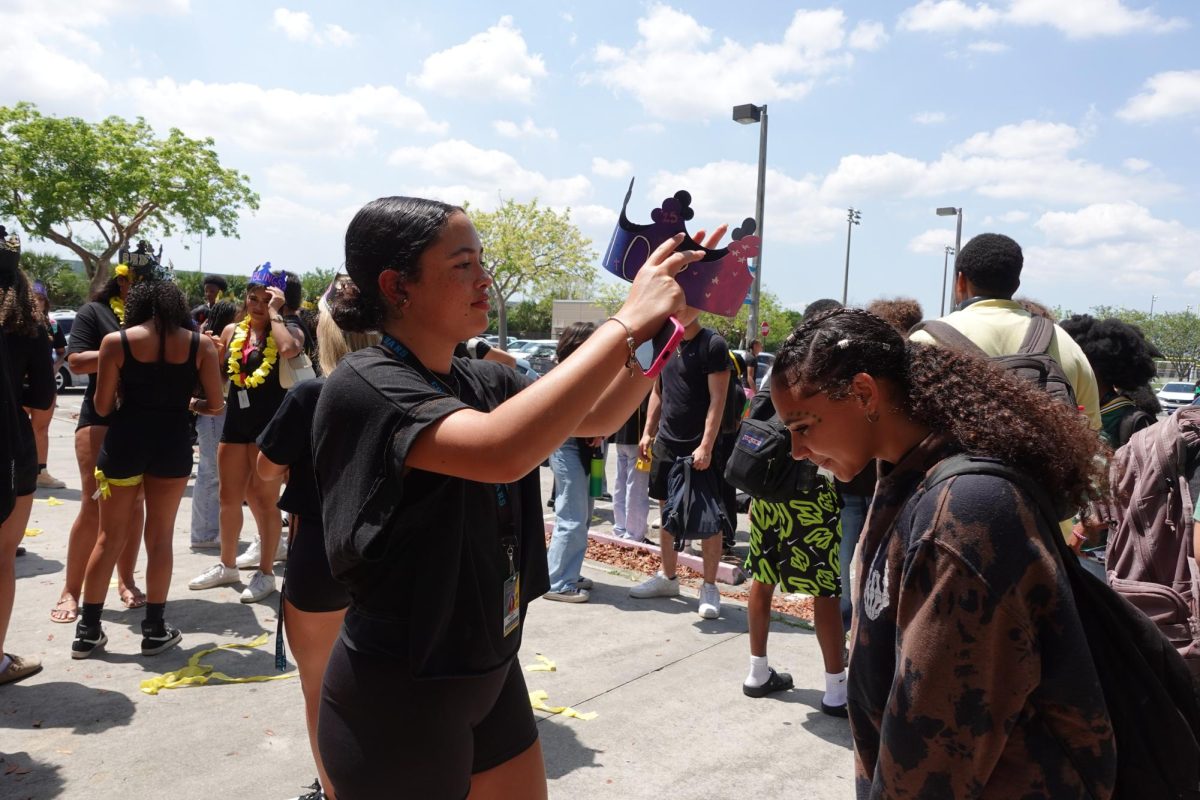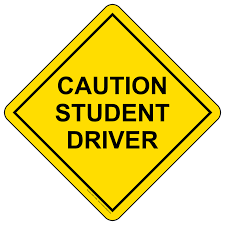Driving is what young adults need to do. It is a way of freedom and responsibility. However, there is a huge question: Is it safe to allow student drivers to drive? Although student drivers lack experience, through instruction, supervision, and regulations, it can be safe for them to drive under some circumstances.
Student drivers start out with a learner’s permit, so they must have a responsible adult in the car. It allows new drivers to practice safely and learn their new driver skills. In the words of the “National Highway Traffic Safety Administration (NHTSA)”, “Supervised driving helps teens become more skillful and confident behind the wheel while reducing the risk of accidents.” They get to know the road signs, the road laws, and how to control the vehicle in a variety of road conditions.
Young drivers are more likely to get in accidents compared to experienced drivers. According to a report by the Centers for Disease Control and Prevention (CDC), “Motor vehicle crashes are the second leading cause of death for U.S. teens.” Inexperienced young adults may have the tendency to feel that they are above being in accidents and overly confident that they will not be distracted by cell phones or friends, but with this kind of mindset can put them in hazardous situations.
But it does not have to mean keeping student drivers off the road altogether. It means we need to have more education and more rules. Student drivers and the license department system are designed to eliminate risks by allowing students to learn gradually, with increasing freedom once they are able to drive safely. Education is a key point on how we make students drive safely. Courses are set up on how to drive, how to make sound decisions, look out for danger, and manage emotions will change drivers for the better. Veteran teacher John Morgan accurately states, “Students who are instructed and cared for in the best manner are typically more careful and attentive than some veteran, too-complacent drivers.”
Spending time outside in a variety of weather, during the different parts of the day, and in types of traffic makes young kids flexible and resilient. Parents play a role at this stage by teaching safety practices to their kids and it can create a bonding moment and the older one teaches the new generation.
New drivers around the globe have rules in place to assist them on the principles of safe driving. They have night-driving prohibitions, permits to carry a set limit of passengers, and a no-alcohol-when-driving law. Additionally, new vehicles come equipped with advanced safety systems including lane support, automatic braking, and collision notices, which significantly reduce new drivers’ risks.
Student drivers are potentially hazardous due to a lack of experience. Nevertheless, they need to drive with an open mind that a car is a weapon and they need to be more mindful of the privilege of driving when they are on an open round with other life to look out for as a new driver, adequately training, and in the presence of experienced drivers. We should not complain about student drivers but rather pose the question: Are we doing enough to educate and train them? With effective training courses, tough laws, and assisting mentor drivers, student drivers can become the best and safest drivers on the road.


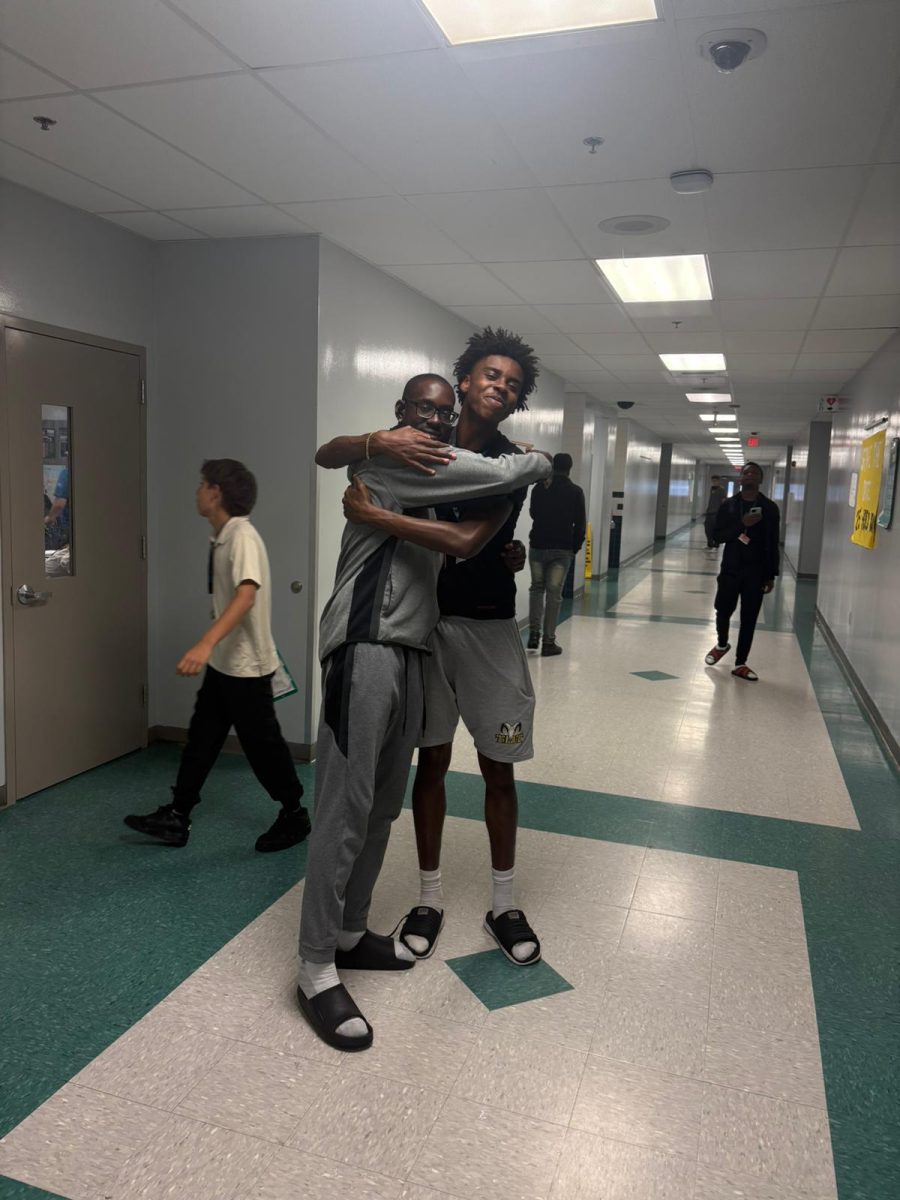


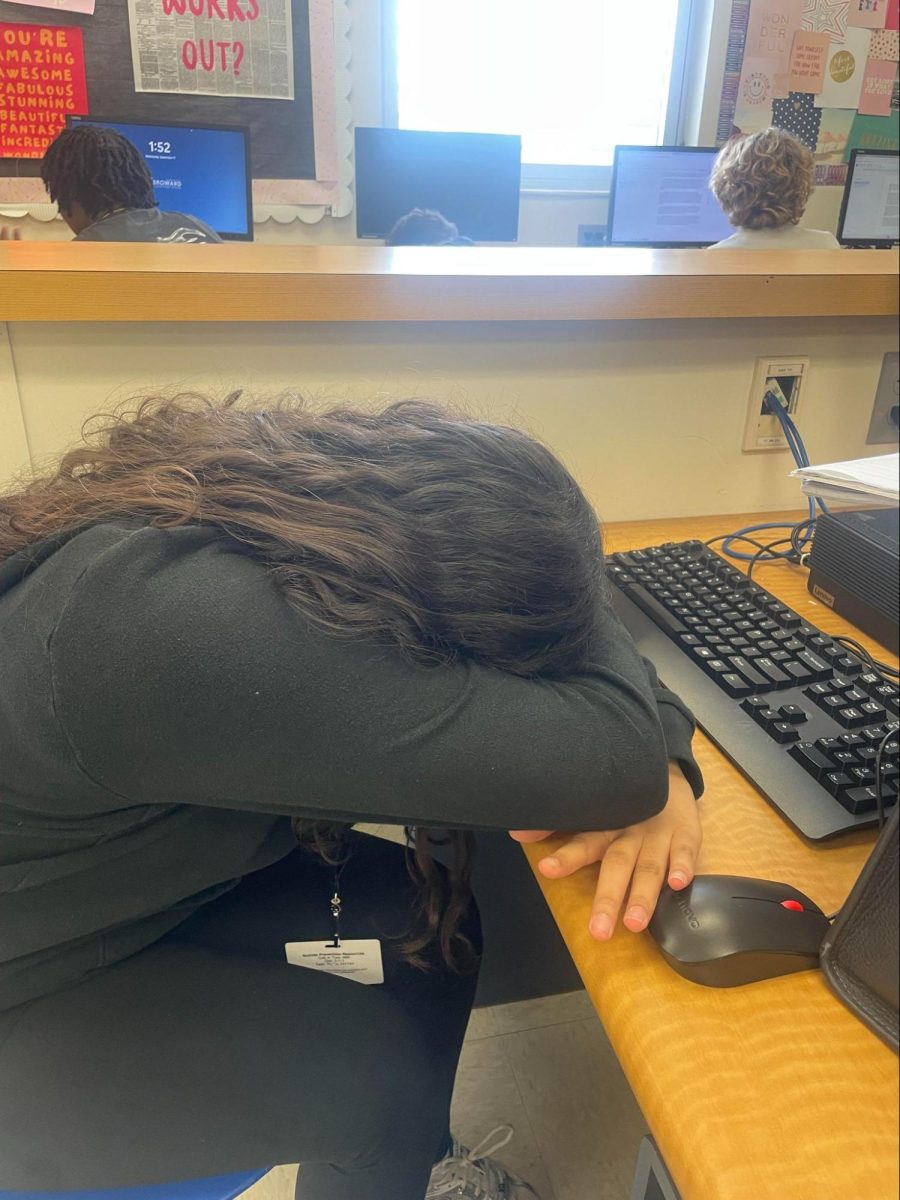
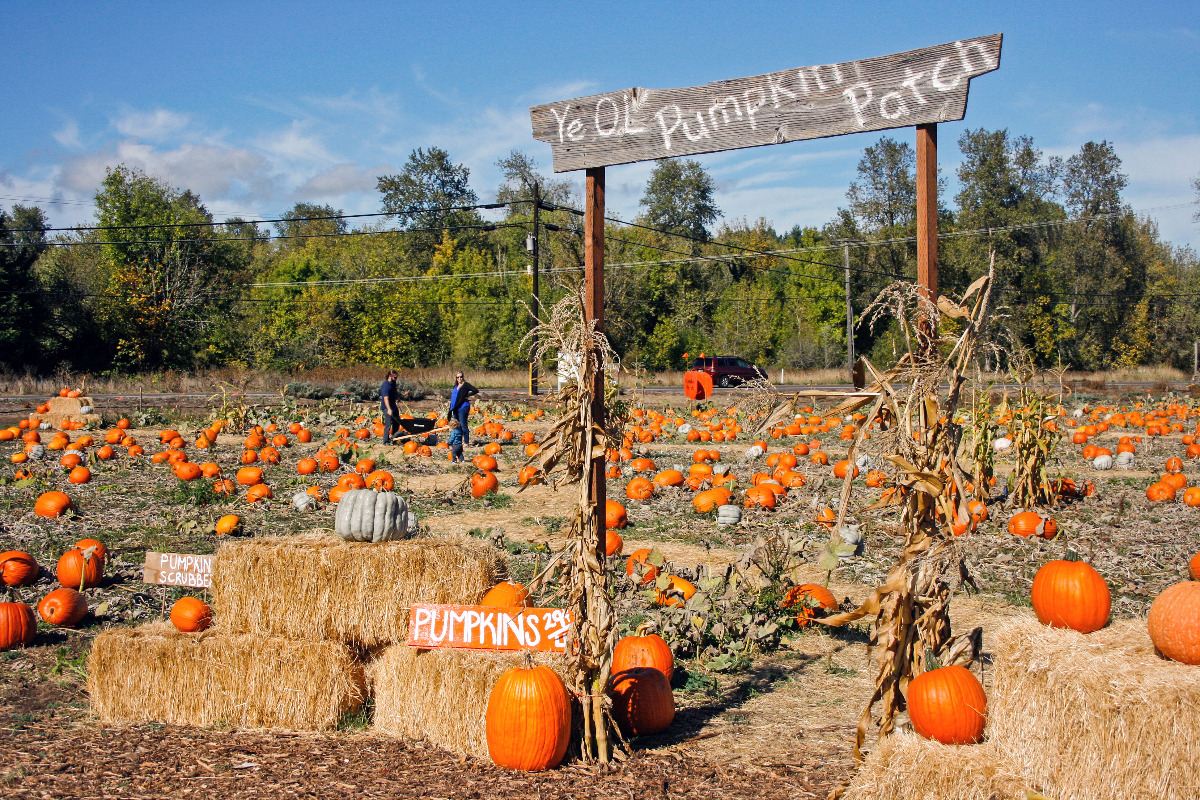

![[Photograph of an Italian sandwich] Photo Creds: https://www.thepioneerwoman.com/food-cooking/recipes/a42398453/italian-sandwich-recipe/](https://cghstheprowl.com/wp-content/uploads/2025/10/image1.png)

